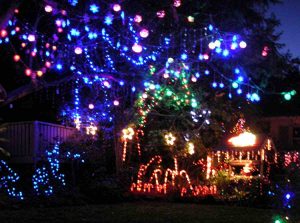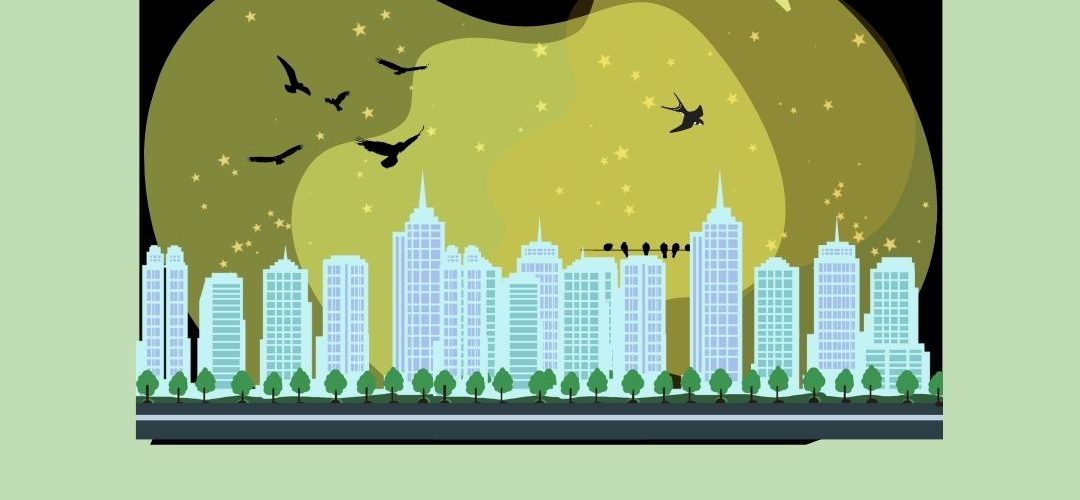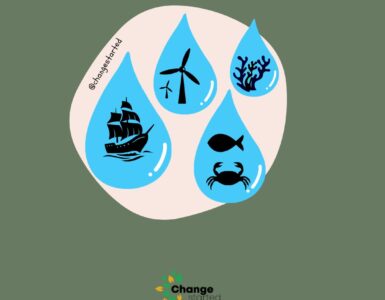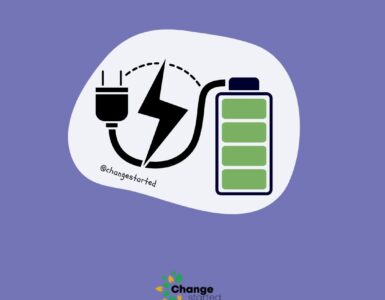As a kid, I remember many occasions in peak summers when our family slept on the terrace, and one of the fun activities I and my siblings used to indulge in was to count stars.
I don’t exactly recall the exact number of stars we were able to count, but it used to easily cross 50, more importantly, it was a fantastic experience to watch the twinkling stars, make our shapes, spot the Big Dipper, etc.
Over the years, air conditioning and air coolers made an entry into our homes and we stopped sleeping on the terrace. However, once in a while when I go over to the same terrace during the nighttime, I could hardly spot any stars, sometimes it doesn’t even reach more than 10.
Is the reason my older eyesight, clouds, haze, air pollution, or something else?
When electric light was invented and introduced to human civilization in the 19th century it was celebrated as a miracle. The people would no longer need to remain in darkness or in dimly lit rooms with candles and lamps.

The lighting paved the way for more productive hours, gave us the ability to deliver healthcare services at any time of the day, illuminated our streets and roads, and gave us many more possibilities.
Lights become an integral and indispensable part of human life.
With the advancement of technology, new forms of lights emerged— incandescent, fluorescent, halogen, metal halide, Light Emitting Diode (LED), etc — cities and towns became brighter and more colorful. However, too much light has created problems that probably the inventors of light would have never imagined — Light Pollution.
Artificial lights emanating from our offices, factories, residences, shopping malls, streets, billboards, vehicles, etc, have created too much glow, which has adversely affected the night sky.
Impact of Light Pollution
The brightness over the night sky especially in cities is preventing our visibility of stars, affecting our health, and impacting the animals and birds.
Animals and Birds
Human-induced light pollution adversely impacts animals and birds, especially the ones that navigate based on the moon. Migratory birds often get confused and disoriented because of the artificial light, lose their way, and get killed due to collisions.
Insects which are a primary food source for many animals are drawn toward artificial lights – which not only kill them but also impact the food chain of the wildlife.
Visibility of Stars
If you are living in big cities and not able to spot stars, don’t be surprised you are not alone. Apart from air pollution, light pollution is also reducing our ability to view the twinkling stars.
Watch this short film, shot mainly in California, USA and it shows different levels of light pollution and how the view of the cosmos changes as we move to less light-polluted areas.
Artificial light emanating from our urban centers has created a glow in the night sky that conceals our view of the stars. As per a study, more than thirty percent of people across the globe are not able to view the milky way.
Health and Wellbeing
Studies have indicated that exposure to certain wavelengths of light at night can affect our sleep which further affects our health.
Energy Waste
If too many lights are on at places where it is not required, they are not only wasting energy, but if the power is sourced from fossil fuels, it is also polluting the air.
Astronomers and stargazers
Students, astronomers, and amateur stargazers are increasingly finding it hard to study our night skies. Traveling to remote areas and regions where stars can be spotted is not something everyone can afford and manage.
Wrapping Up
There is no denying the fact that artificial lighting is incredibly necessary and valuable for our day-to-day life, but considering the impact of light pollution, we need to become cognizant of this issue and try to find solutions to address them.
Avoiding overlighting an area and finding ways to prevent the upward projection of light by shielding it with a fixture can be options to consider at an individual level.
In addition, we can make people aware of the light pollution problem, such that people who are responsible for fixing lights in private spaces or public places do their best to minimize the damage. As we talk about air pollution, water pollution, and plastic pollution among others, we need to discuss pollution caused due to lights as well.
Here is a video, which succinctly presents the impact of Light Pollution.
At the government level, there are a few countries that have taken regulatory action to address light pollution, like France, which haspassed a law to restrict the hours of storefront lighting.
As per studies, under perfect conditions of darkness and sky clarity – a normal vision should be able to see thousands of stars.
We don’t want our kids and future generations to be bereft of the pleasure of watching twinkling stars in the night sky.
“There are two kinds of light — the glow that illumines, and the glare that obscures.” – James Thurber






Add comment